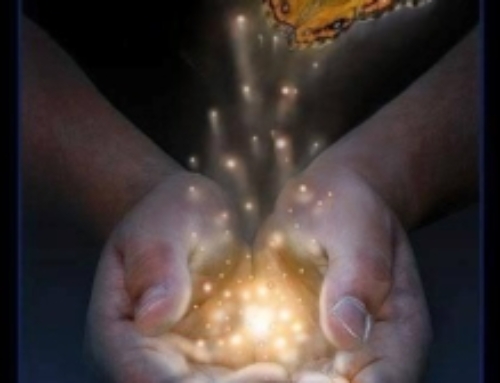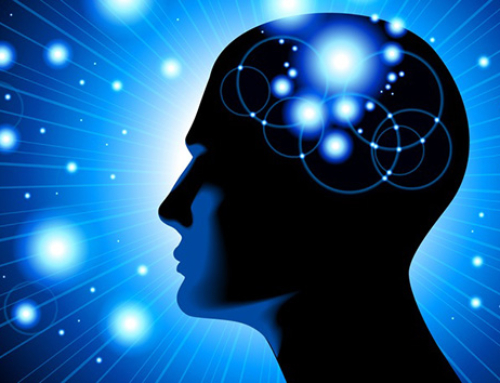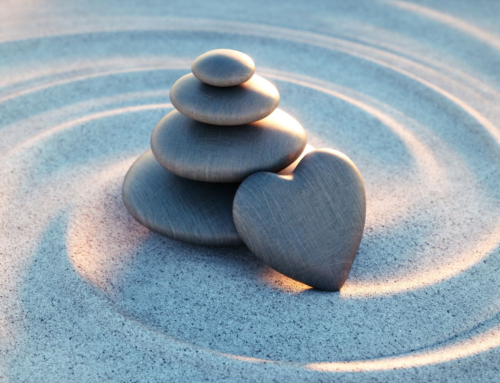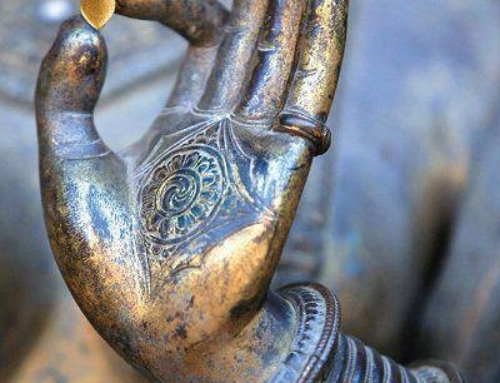I recently facilitated a workshop with peacebuilders and activists, as part of the project Rewiring the Brain for Peace that I co-founded and lead in parallel to my healing practice. We were exploring ritualistic experiences that they are already practicing in their own lives or have encountered in the communities with which they are working. We looked at the elements, within those rituals, that could support deeply transformative cognitive and emotional processes – in other words, that could support the rewiring of the brain.
Reframing maladaptive behaviors
As we were talking about what makes rituals so powerful in our daily lives, one of the participants shared that, as long as she could remember, she had suffered from very severe obsessive-compulsive disorder that had required serious psychiatric care. How could she possibly dive into the repetition and even promotion of ritualistic behaviors when her whole life had been a constant fight to break free from them? In the exchange that followed, I invited her to consider which purpose those compulsive disorders were serving. Connecting to what neuroscience tells us about rituals and socio-emotional regulation, I asked: How do you feel that these behaviors are helping you? What has been good for you about performing them?
I won’t go into too many details here but this simple invitation created a complete shift for her. No one had ever approached things with her in that light. In fact, all the professionals that had worked with her had aimed at suppressing her ritualistic behaviors and viewing them as the enemies (after all, they were labeled as “disorders”) certainly not at “valorizing” them. As she shared afterwards, that reframing of what had always been qualified as extremely maladaptive, and the suggestion of a very concrete path forward, radically changed her relationship with her OCDs. It also profoundly affected the way she viewed herself and her life.
Rediscovering what makes you feel good
Back in the healing room, I was supporting a client fighting with severe depression and mental health issues. She kept dragging herself down with self-judgment, considering all the “bad” things she was doing for herself (including in some addictive patterns) and all those that she was not doing and should have. I asked her what were the very simple tiny things that were bringing her some type of comfort, no matter what they were. At first, it was hard to break free from self-judgment and preconceptions about what should make her feel good (ex: walking outside) or not (ex: over-eating sweets). But I really wanted to learn what was true to her. It took a little bit of practice for her to re-discover those acts, as apparently insignificant or badly perceived as they were, and re-discover how and why they made her feel good.
I did not recommend to her bringing on any new practice, but guided her to be differently with what her life already was. As simple as this may sound, it felt to her that someone had switched the lights on in the tunnel – not in a distant future, but right now, and she gradually embarked on this new adventure with a sense of hope, for the first time in a very long time.
Trusting your own resources
Just a couple of days ago, another client was lamenting – like many individuals I see – about her inability to sit and meditate, wondering how she could ever connect with her inner/higher self. Once more, I asked: “What are the things that you like to do and that bring you joy?” There are so many windows to the soul. Although, ultimately, we want to be able to go inward, for some people the path is through the outward world, social interactions, arts, etc. This is not less valid than the more silent, solitary, contemplative path. You might never be a “good” meditator or yogi, and it does not matter. What counts is for you to find the way that feels like you.
Indeed, the goal is not necessarily to bring something new in your toolbox but to rediscover all the things that you have been already doing and that may serve your growth. There are many reasons to go this way but let me tell you the two top ones for me.
First, if you are already doing something, there is a better chance that you will keep doing it, by contrast to signing up for a yoga class or aiming at meditating every day, struggling through it, quitting after less than a week, or never doing it.
Becoming more of you
Second – and for me that the most important of all – we don’t want everybody to be doing the same, and ultimately becoming the same. I don’t want all my mentorees (mentees) to start doing the same rituals, meditating or even journeying the same way, or following the same path. I am not interested in communities around the world starting to follow the same practices, even for the sake of peace. I want individuals and communities to be more of who they already are, in their essence. And I am willing to support them in leveraging their own resources, in the beauty of their infinite diversity.
This might sound like a contradiction to some: inner transformation does not mean becoming a completely different person but rather becoming more of you. Never forget: there will never ever be another you on earth, that unique expression of the divine through this human being that is you. And this is why I am personally invested in seeing you find your own resources and express your own gifts.
So, tell me: What are your resources? Which practices that might be unique to you are helping you?
Béatrice | Contemporary Shamanic Healer
Béatrice Pouligny
Allowing The Light
December 2017








Leave A Comment